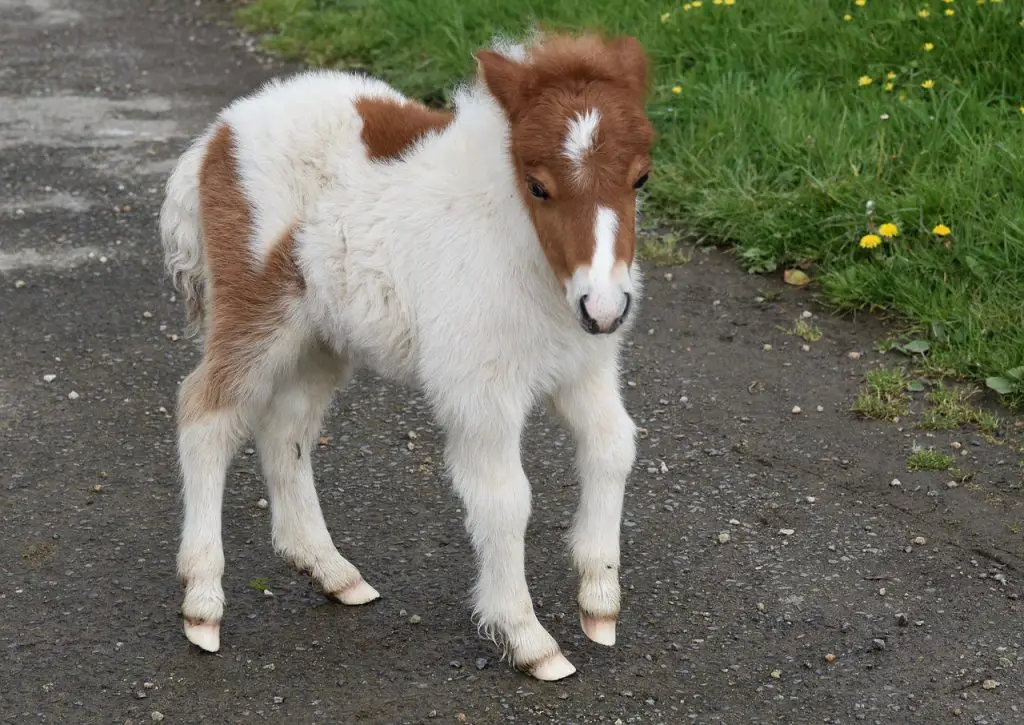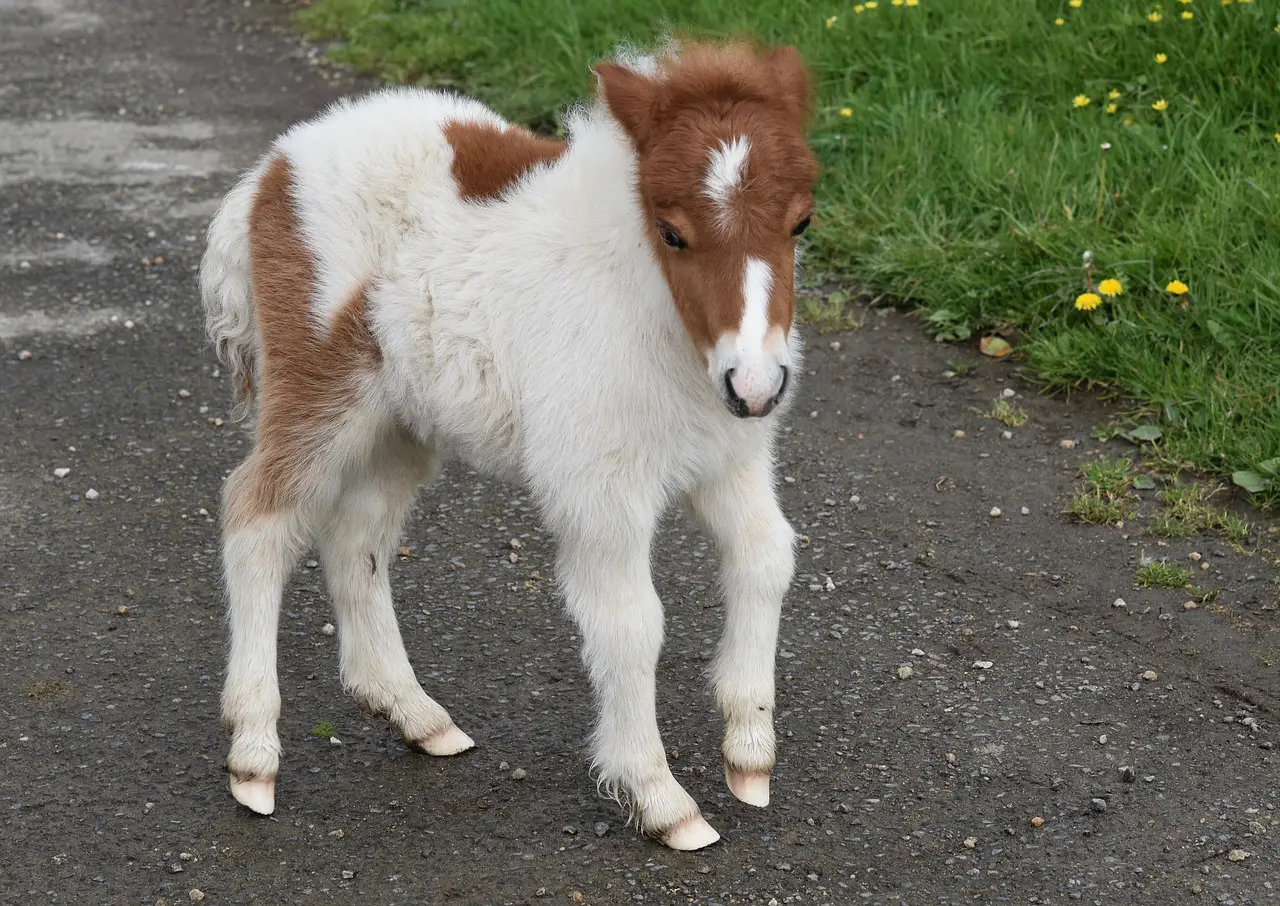Last Updated on March 11, 2022 by Allison Price
The foaling season is here. You can help your foal get a solid foundation for hoof care if you have one or more. Young horses with crooked legs can be a problem, but many horses can overcome it if they are properly cared for.
Soon after birth, assess the foal’s limbs. Stall rest and exercise can help with mild limb defects. Many of these problems can be attributed to a lack of bone maturity and cartilage. They will resolve over time if they aren’t stressed. Your veterinarian should evaluate the situation and make recommendations if there is more that a 5-degree deviation in the limb. You should not trim the hooves until your foal is at minimum two weeks old. Only then, if there is a problem.
When horses are young, their bones are extremely malleable. The horse’s long bones aren’t fully formed in most cases. The epiphyseal growth plate plates are located at the ends of long bones. These plates fuse or close as the horse ages and develops. The epiphyseal growth plates at the ends of each lower leg bone close after three months (short pastern), six month (long pastern) and nine months respectively (distalcannon bone). It is crucial to correct limb deviations. The limb can only be trimmed or shoeed after the plates have closed. It is not clear how much structural change can be made before this time. Corrective trimming and shoeing cannot eliminate severe angular (conformational) defects. Periostial stripping and check ligament surgery may be required for serious problems. This decision should be made considering the future plans of the horse as its athletic career could be limited.
Two months of age is the ideal time to check a foal’s feet. To prepare your foal for the farrier’s first visit, you can (1) teach the foal how to stand and lead, (2) pick up and hold the foal’s feet every day, (3) provide a safe place for the farrier to trim the hooves, (4) have an experienced person hold and hold the foal, and (5) keep the mare close by.

To begin the desensitization process, it is important to start imprint training as soon as possible after the foal’s birth. Rub down the feet and pat the soles of the feet with your hand 40 to 50 times each. This should be done until the foal is comfortable. You can do this daily, weekly, and monthly. To help the foal become more comfortable with handling, it is important to clean its feet after each use.
Regular foot balancing will help the foal grow straighter. Trimming should focus on evenly distributing the foal’s weight over all limbs. Although the foal’s hoof might need to be trimmed more frequently than a mature horse’s, less hoof is actually removed. Toes are trimmed to remove excess wall.
It is important to keep the hoof length equal on both the inner and outer legs (medial/lateral balance). Because foals often wear one or both sides of their legs unevenly, it is important to maintain this balance. Minor structural flaws will be corrected by the animal. Do not over-trimming the sole, as this can cause damage to the coffin bone. Sheared heels can be created by trimming one side lower to straighten your legs.
To help distribute weight evenly, crooked foals may have lateral or medial extension shoes made of aluminum or plastic. The foot can be protected from wear by shoring it. It is sometimes necessary to keep a balanced stance. Shoes should be changed every 3-4 weeks if a horse is being shod. Each time, progressively larger shoes are applied.
It is not a good idea to trim the hoof of medial/lateral balance in order to straighten bones. The most obvious effect of excessive stresses on the joint is the formation of a sheared heels. This can cause lameness and circulatory disturbance later. To avoid chipping, the edges of foals’ hooves must be kept round.
Regular trimming and hoof care are essential for young horses. Shoes should be worn to protect the feet or enhance the horse’s ability to move.



